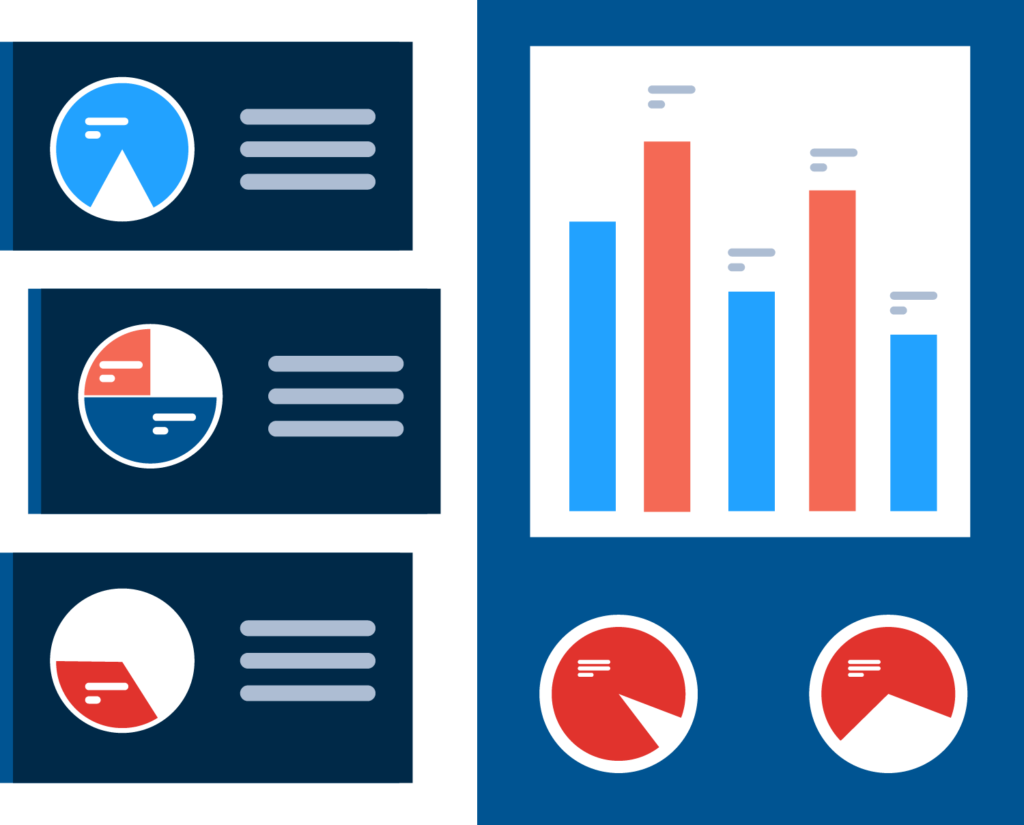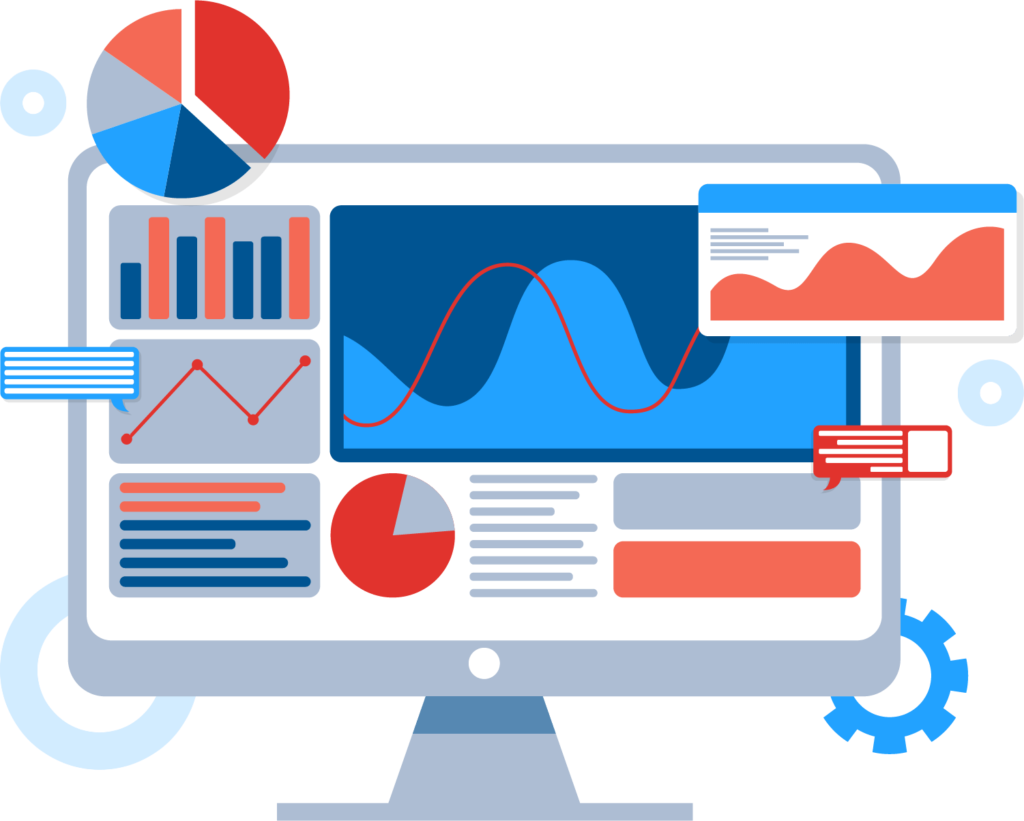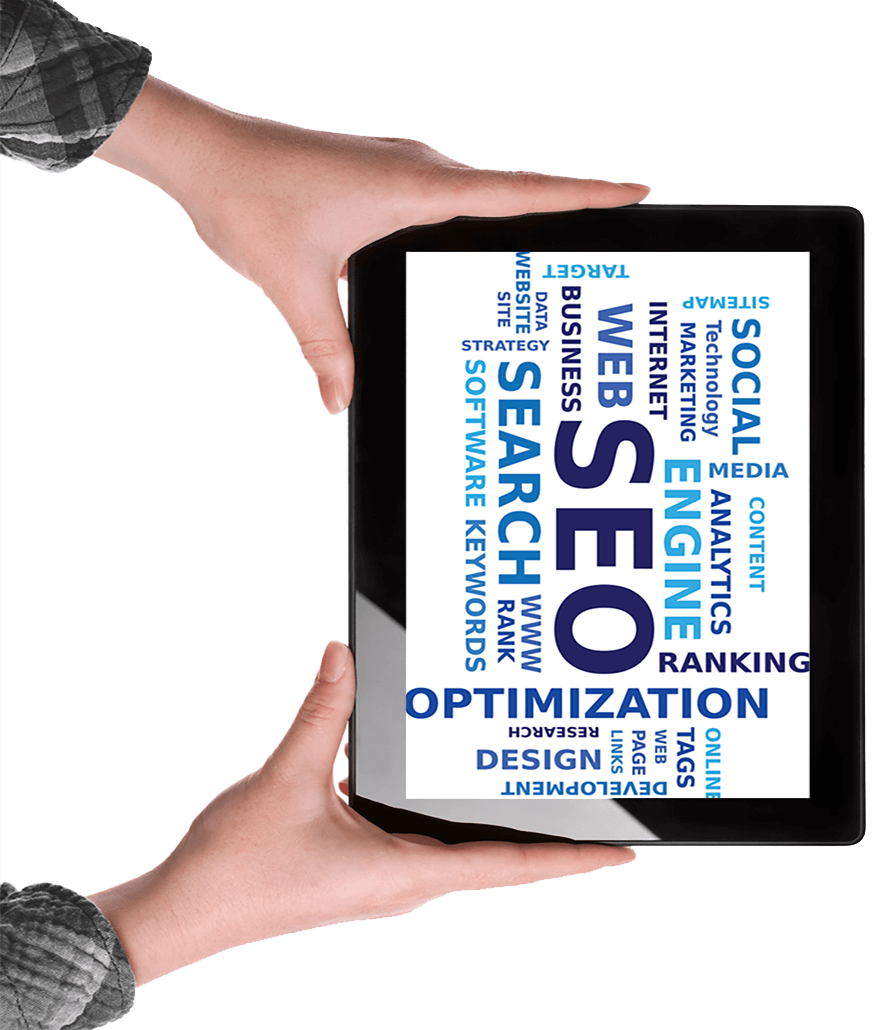Dallas SEO Company
Top Google Rankings? We have Plenty!
How does Search Engine Optimization work? Here is the short answer:
- We research your company’s website rankings (Google positions) and your competitors’.
- We collaborate with you to decide what specific keywords would represent actual customers.
- We sprinkle on our “in-house” magic SEO dust that Google’s algorithm loves!
- You see progress reports every month with your positions getting higher.
- More valuable customers start visiting your site and sales go up!
Dallas SEO and Internet Marketing that Gets Results
Watch the video to hear testimonials from a few of our clients and their raving about Jim our head of marketing and our results driven internet marketing services.
At Red Spot Design, we fully understand the importance of quality Internet marketing for any small business looking to improve their visibility online.
With our expert search engine optimization techniques, your website will rise quickly in your local market search results. Our team has years of experience mastering the SEO process, and we serve businesses who are working with both small and large budgets.
How would you feel about having your business pop up in the top 10 search engine results, including Google and Yahoo?
It has been shown that the majority of Internet consumers typically do not look beyond the first two pages of search results. Therefore, if your business website becomes visible in the top 10 results, you will find yourself with an influx of new customers.
Although we are a Dallas / Fort Worth SEO based firm we serve clients all over the world. Red Spot Design focuses our efforts on anyone who wants to increase their internet exposure but usually serve:
- Small-sized businesses
- Medium-sized businesses
- Large-sized businesses

Talk to a Dallas Digital Marketing / SEO Expert!
Take Your Business to the Next Level
We have tried and true organic search engine optimization techniques that guarantee our customers an extremely high return on investment. If you have marketing dollars to spend, use them wisely and choose a company who guarantees results.
Analyze and Analyze
After speaking with you in a free consultation to determine exactly how we can help, our SEO team at Red Spot Design will research the best options and keywords for your business and target geographic region. Every plan that we create is individualized for each business – we do not provide cookie-cutter SEO services. From the beginning of our interaction with you, everything we produce will be customized specifically for your business.


Implement On-Page & Off-Page Optimization
The goal of our on-page and off-page optimization is to express a theme consistent with your targeted keywords. Once our plan has been approved by you, we will begin to implement it in order to build your web presence. Our SEO team will create and optimize the appropriate Internet accounts and map listings for your business. We can create an optimized website for you that is properly coded with a responsive, unique design.
Our Dallas SEO Campaigns Typically Include The Following:
You won’t find us pitching a cookie-cutter plan for your website. Yes, there are similar elements that each and every website needs to develop to get ranked but we focus our efforts on what specifically needs to be done for your particular situation.

Keyword
Research
Onsite
Optimization

Link
Building
Reporting
& Analysis
Why SEO is Beneficial to Your Business?
Why should you choose Red Spot Design over the other Dallas SEO Internet marketing companies in the area?
This is a question we are asked often, and our answer is simple: we take on a very limited number of clients so that we can offer you the time it takes to complete every critical task to make search engines love your website. Secondly, we vow to make you money. We genuinely do not want our clients’ money unless our services make a difference to their bottom line. Although these may seem like promises that can be made by anyone, we stand behind our promise 100% to make SEO work for you.
We have the experience to take your company from zero exposure to maximum exposure, which in turn, means a maximum amount of sales for you. We will be honest and forthright with you from the very beginning, and we provide ongoing services to keep your company website up to date and high in the rankings.
Red Spot Design Services Include
- Consultation to determine your ROI and SEO goals
- Website Strategy Development
- Research for Highest ROI Keywords
- Onsite Optimization
- Link Review, Research, and Strategy Development
- Website Content Writing (additional charges may apply)
- Google+, Google Analytics, and Google Webmaster Tools Set Up
- Performance and SEO Reports
Dallas SEO Experts
Search engines no longer tolerate short cuts to get websites ranked but reward sites whose visitors have natural, organic, original experiences. They want to see quality, original implementation of content and linking. Search engines know how to measure the quality of the user experience on your website. Red Spot Design takes the time that is necessary to accomplish the critical tasks that are absolutely necessary to generate maximum search engine favor
Our Dallas SEO Company Provides Results-Driven Internet Marketing Services
Our Goal is to Grow YOUR Business!
Today’s business owners are quickly learning that having an eye-popping website design means nothing if it doesn’t appear on the first page of relevant search engine results. Red Spot Design is a Dallas SEO company that knows precisely how important it is for your website to quickly generate continuous traffic that turns into leads and an excellent ROI. Whether you need SEO, PPC (Pay-Per-Click), Social Media Ads Marketing or more. Contact Us today and we can help.

Effective Search Engine Optimization (SEO) Gives You the Leading Edge
How would it feel to have your business pop up on the very first page of search engine results? We’re talking about Google and Yahoo – top 10 results across relevant search terms. We already know that most of the time, users don’t bother to look any further than the first page or two of search results. Having your business appear on the first (or even second) results page will undoubtedly create an influx of new customers.
In fact, studies now show that effective and well-implemented SEO is the best way to guarantee success in drawing clients into your business venture, no matter what field or genre your company falls under. Our internet marketing team knows precisely how to apply today’s search engine optimization rules to our professional writers’ exemplary content so that your website draws in your target audience while ensuring that each visitor has a user-friendly, positive experience.
Get Your FREE Instant SEO Audit Report
Contact Us Today
Contact us at 214-432-1608 or toll free at 888-636-1344 for a free customized evaluation of your site.
